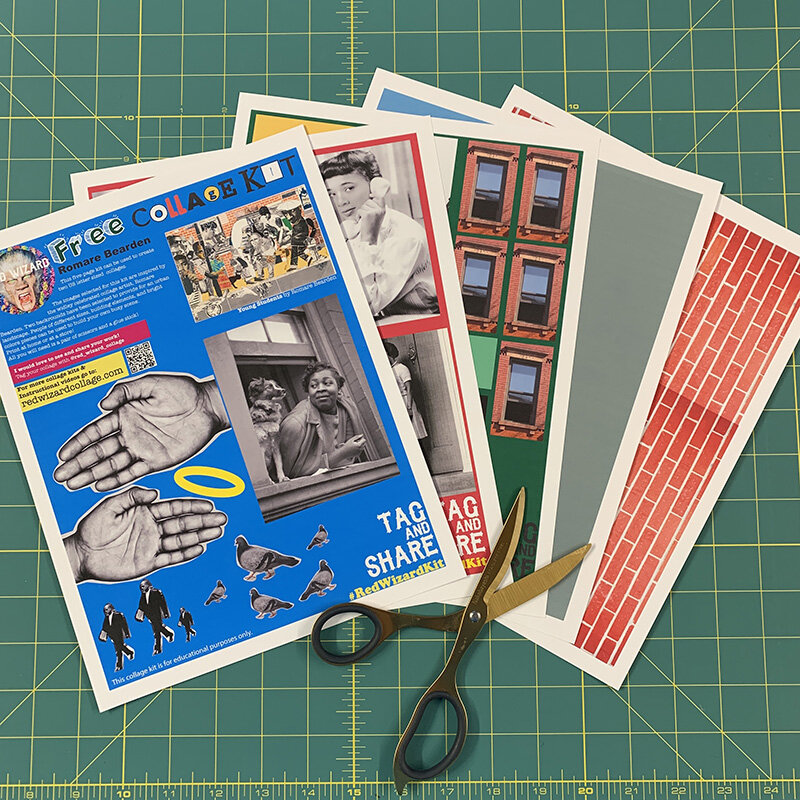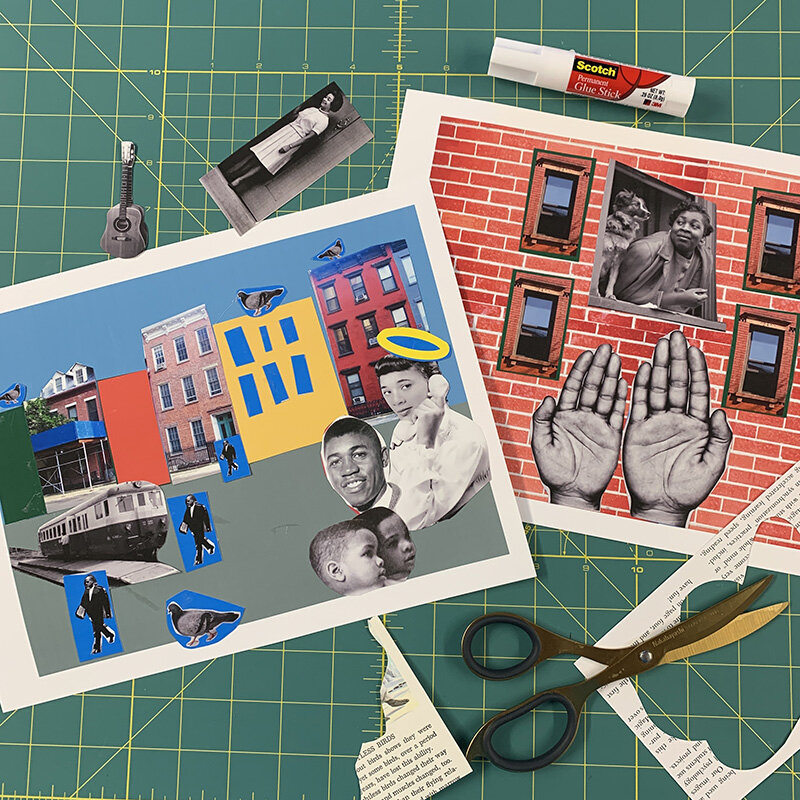Romare Bearden: Collage and the Harlem Renaissance
Romare Bearden was born in Charlotte, North Carolina in 1911. His family moved to New York in 1914 as part of the Great Migration, and his intimate experience with the legacy of race in the United States helped define his perspective throughout his life.
Bearden’s career covered many styles and mediums, all self-taught. But it is his collage work that we remember him for today. These moving, poignant pieces pushed the form to new uses, and his work arrived alongside the widespread use of glossy paper in magazines — and it was Bearden who helped define how this new common material could be put to use in fine art.
Romare Bearden’s Inspiration
Influenced by Mexican muralists like Diego Riviera, Bearden included socially conscious themes in his work. His early pieces often depicted scenes from the American South, highlighting not only racial injustice but also the deep reservoir of strength in communities of color.
As the civil rights movement gained more momentum, Bearden pushed further into these political themes. In 1964, he presented his first series of collage work titled Projections. After that point, his collages became the center of his work. By the time he died in 1988, he was considered a leading collage artist. Let’s look at some of his pieces below.
Young Students (1964)
Image source: beardenfoundation.org/collages/
This early collage by Bearden shows lots of energy in the street. Faces made up of multiple images seems to nod to his past as a cubist painter. The scene is absolutely filled, with little negative space, bustling with all the energy of young black people learning and becoming.
Carolina Shout (1974)
image source: beardenfoundation.org/collages/
Here, the skills Bearden honed as a painter are applied to collage. The use of bright color and somewhat abstracted human forms create a lively scene of togetherness. The ability to create collage that is both aesthetically daring and deeply human are trademarks of Bearden’s style.
The Block (1971)
image source: Thenation.com
This extensive work shows the culmination of Bearden’s experiences in Harlem. It is a sprawling epic of a collage, containing masterful storytelling with scenes-within-scenes. This video shows how Bearden would create the elements of his environment with collage:
Bearden experienced the Harlem Renaissance from a young age, a fact that influenced him to become an artist. He opened his first studio in the neighborhood, at the Apollo Theater, no less. And just as Harlem helped define him, he tried to give back with this piece of enormous dimensions (48 inches by 18 feet).
These three pieces help show us why Bearden remains one of the most important artists to ever work in collage. His style is fully his own, and his attention to his subject matter adds to their significance.
He brought a lifetime of self-education and personal experience to his practice. With these, he managed to create pieces that stand as testaments to their time and also as universal stories of humanity that will remain relevant for generations to come.





